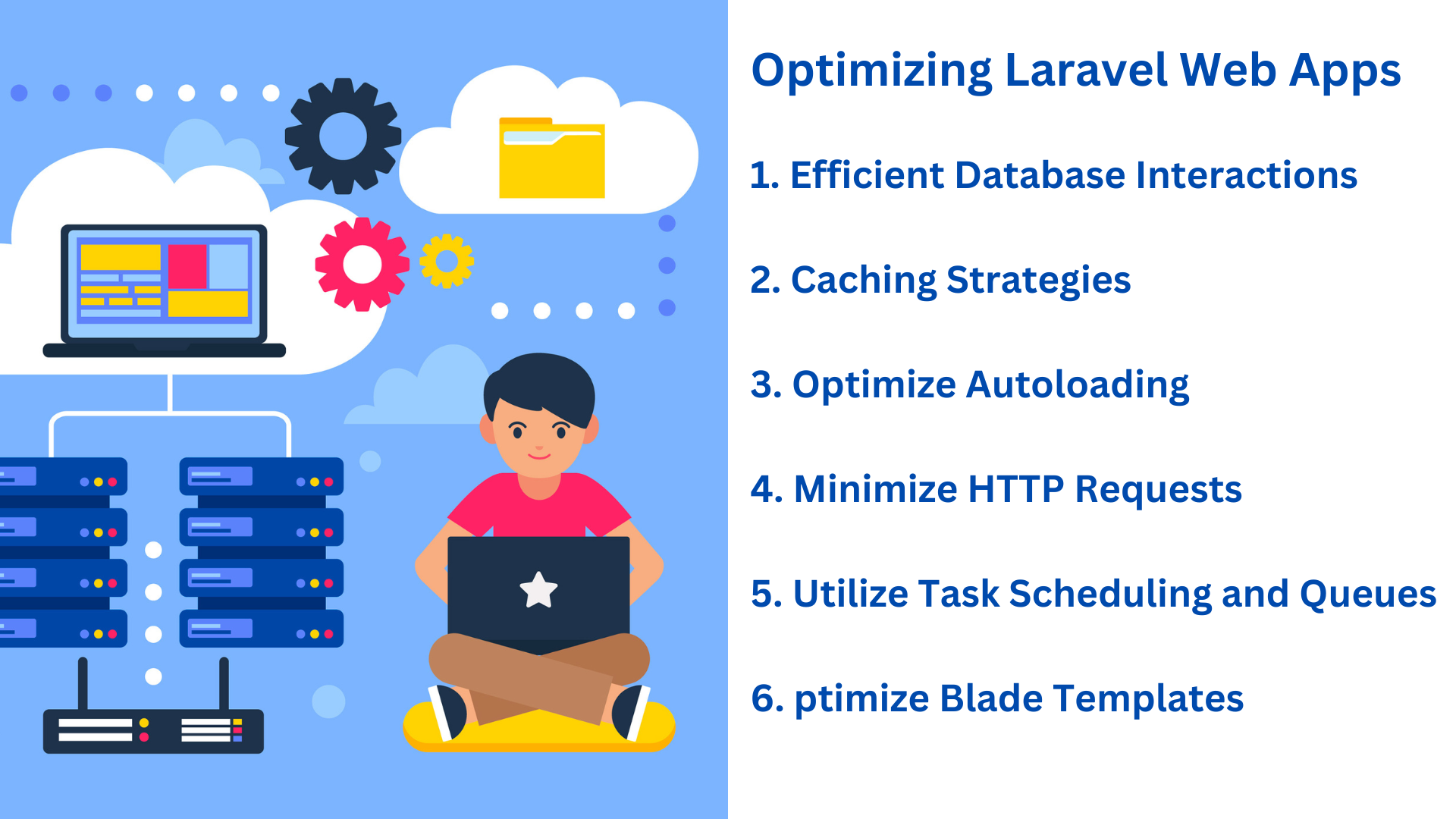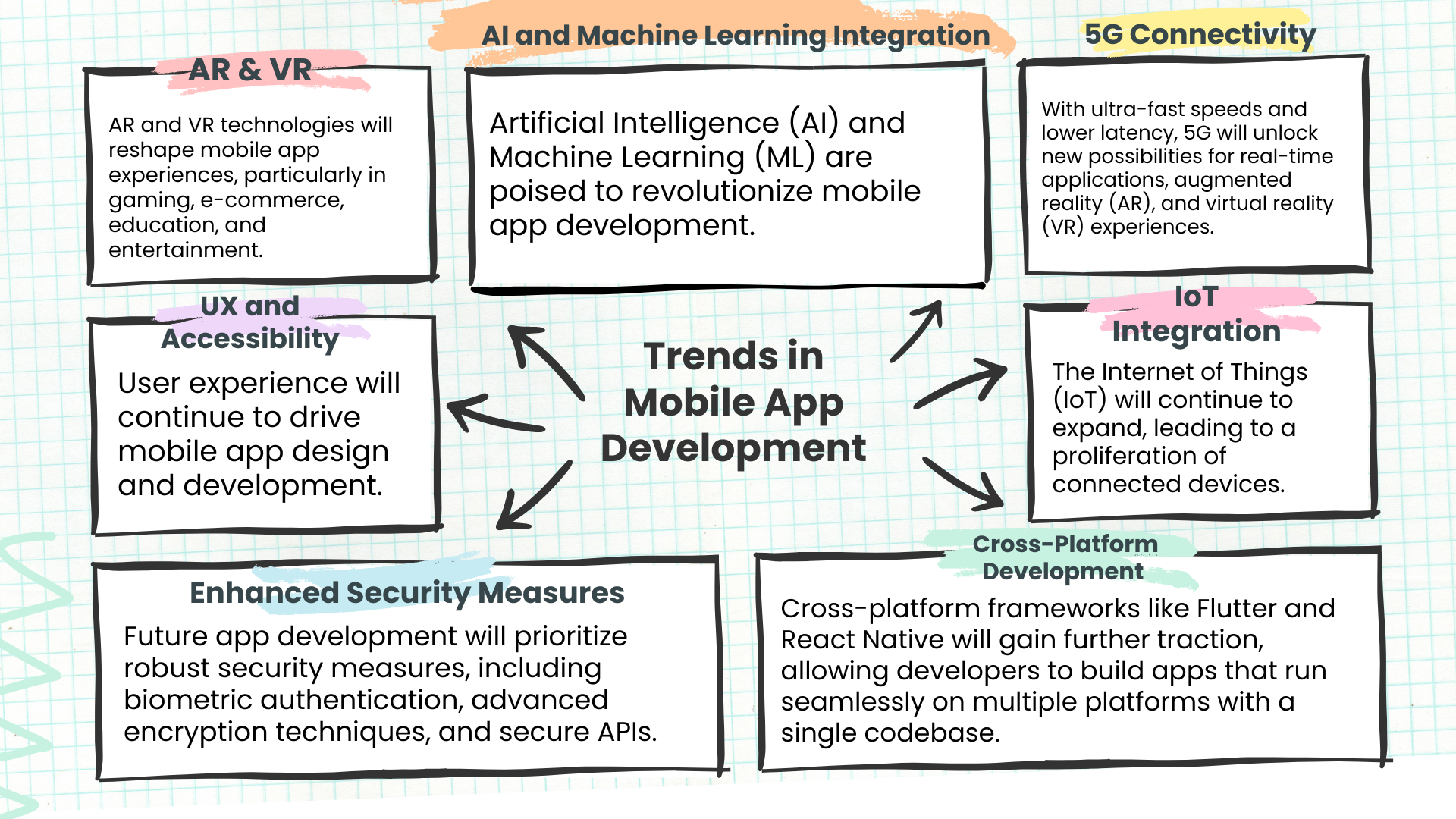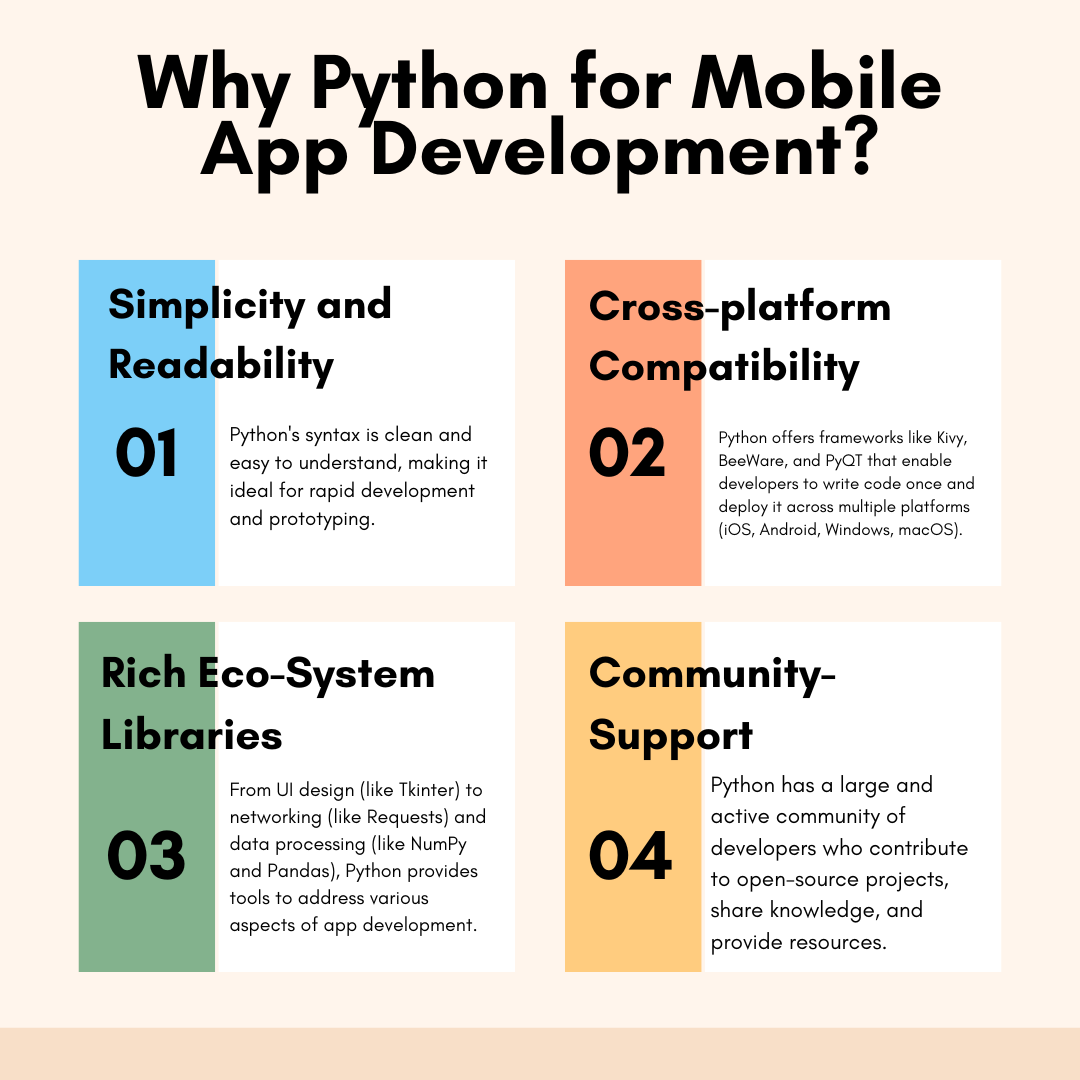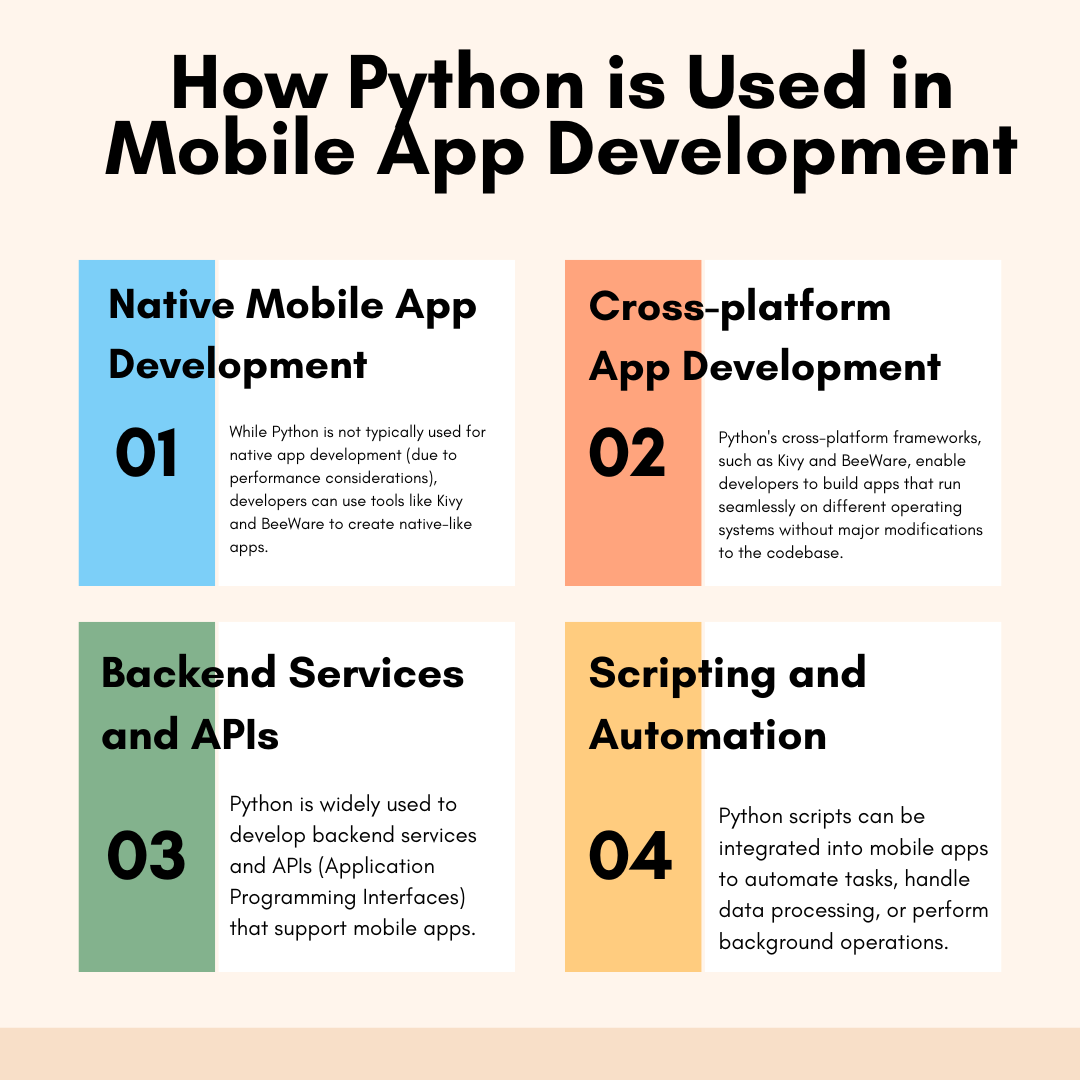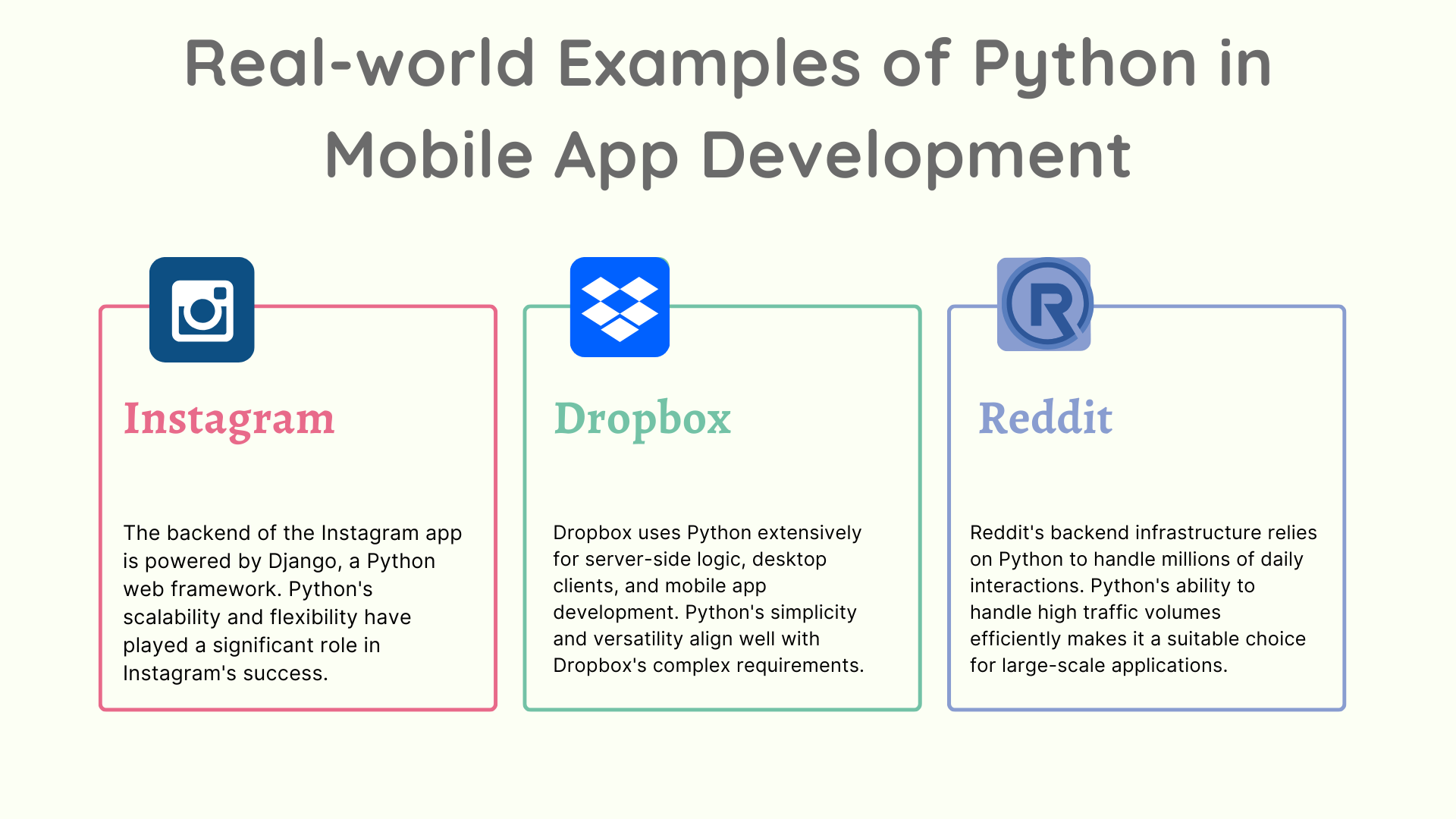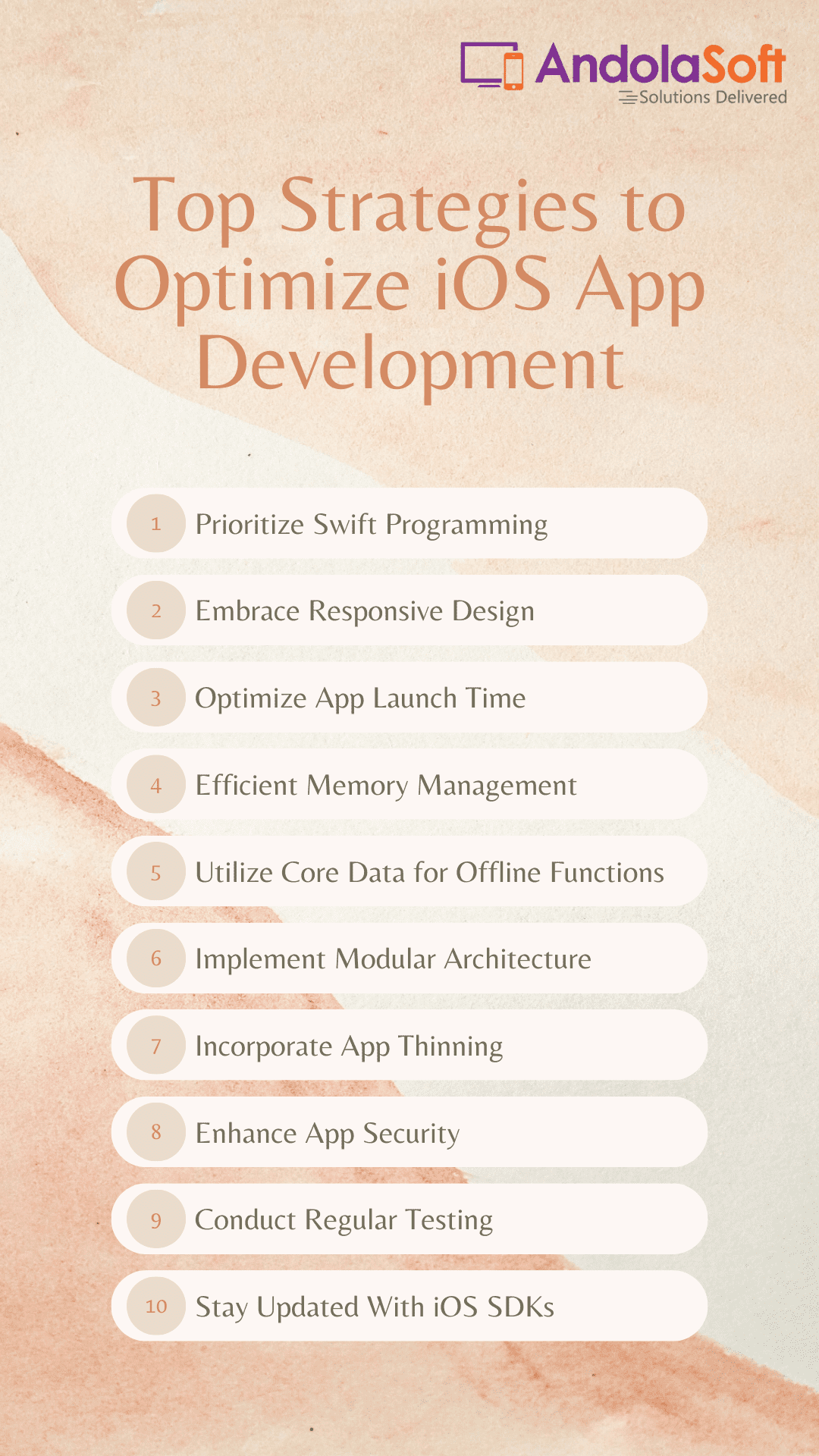In our modern, time-constrained lives, the significance of fitness apps has grown exponentially.
These digital tools have evolved into essential companions for individuals committed to maintaining a healthy lifestyle, offering not just convenience but also a diverse range of features tailored to various fitness aspirations and preferences.
From monitoring daily activities to delivering personalized workout plans, fitness apps have revolutionized the way people engage with their wellness journeys.
A prominent trend in the ever-evolving landscape of fitness app development is the seamless integration of wearable devices.
These gadgets, including fitness trackers and smart watches, have witnessed a surge in popularity in recent times. They empower users to keep tabs on their heart rate, monitor step counts, and even analyze sleep patterns.
The synergy between these wearable’s and fitness apps provides users with a comprehensive snapshot of their health and fitness metrics.
This integration simplifies the process of setting and attaining fitness goals, making the journey towards well-being more accessible and personalized.
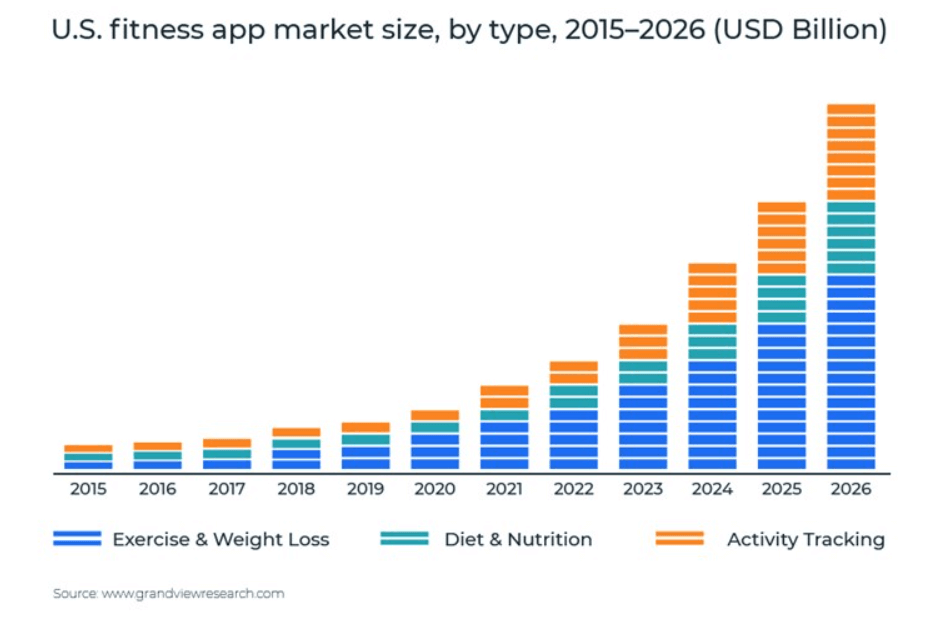 Source: grandviewresearch.com
Source: grandviewresearch.com
1. Market Research: Understanding the Pulse of Fitness Trends:
Before diving into development, conduct thorough market research to identify the latest fitness trends in 2024.
Understand the preferences of your audience, analyze competitor apps, and pinpoint areas where your app can provide unique value.
2. Defining Your App’s Unique Selling Proposition (USP):
Clearly define the purpose and goals of your fitness app. Consider what sets it apart from existing solutions.
Whether it’s innovative workout routines, personalized nutrition plans, or a vibrant community feature, a strong USP will be key to attracting and retaining users.
3. Choosing the Right Platform: iOS, Android, or Both?
Make informed decisions about the target platform(s) for your app. Analyze user demographics, preferences, and market share to determine whether you’ll develop for iOS, Android, or both.
Ensure that your choice aligns with your target audience.
4. Wire framing and Design: Crafting a User-Centric Experience:
Develop wireframes to outline the app’s structure and user flow. Focus on creating an intuitive and visually appealing design that aligns with the latest design trends in 2024. Prioritize user experience to keep users engaged and motivated.
5. Backend Development: Building a Solid Foundation:
Establish a robust backend infrastructure to handle user data, authentication, and other essential functionalities.
Choose a secure and scalable database to store user information, ensuring the privacy and security of your users’ data.
6. Frontend Development: Bringing the Design to Life:
Implement the frontend of your app, ensuring a seamless and responsive design across various devices.
Incorporate interactive elements for a dynamic user experience and prioritize smooth navigation throughout the app.
7. Integration of Features: Enhancing User Engagement:
Implement core features such as workout tracking, goal setting, and social sharing.
Additionally, integrate APIs for geolocation, push notifications, and payment processing to enhance the overall user experience.
8. Testing: Ensuring a Bug-Free Experience:
Conduct rigorous testing to identify and eliminate bugs. Test the app across different devices and screen sizes to guarantee a consistent and reliable user experience. Prioritize user feedback during this phase to refine and optimize your app.
9. Security Measures: Safeguarding User Data:
Implement robust security measures to protect user data and ensure secure transactions. Stay proactive in addressing potential vulnerabilities and regularly update security protocols to maintain user trust.
10. Optimization for Performance: Speed and Responsiveness:
Optimize your app for speed and responsiveness. Regularly analyze performance metrics and user feedback to identify areas for improvement. Consider integrating analytics tools to gather insights and refine your app based on user behavior.
11. Launch: A Strategic Rollout:
Plan a strategic launch, incorporating effective marketing strategies to promote your app. Leverage social media, influencers, and partnerships to create buzz around your fitness app. Release your app on major app stores and monitor its performance closely.
12. Post-Launch Support and Updates: Continuous Improvement:
Provide ongoing support for users, addressing any issues promptly. Regularly update your app to introduce new features, fix bugs, and stay ahead of the competition. Pay attention to user feedback and adapt your app to evolving fitness trends.
Latest Trends in Fitness App Development
The fitness app landscape is evolving at a rapid pace, fueled by technological advancements and an ever-growing interest in health and wellness.
As we step into 2024, the trends shaping fitness app development are more exciting and transformative than ever.
In this blog, we’ll explore the top trends that are set to dominate the fitness app scene and redefine how users engage with their health and fitness goals.
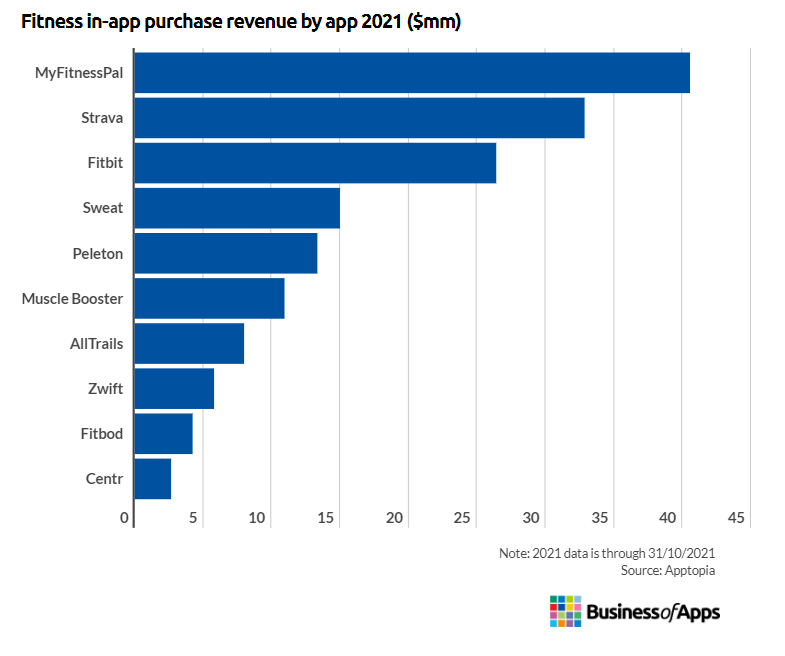 Source: businessofapps.com
Source: businessofapps.com
1. Immersive Augmented Reality (AR) Workouts:
In 2024, expect fitness apps to leverage augmented reality for an immersive workout experience.
Users can engage in interactive and dynamic workouts that blend seamlessly with their surroundings, adding an element of excitement and motivation to their fitness routines.
2. Personalized Nutrition Plans with AI:
Artificial Intelligence (AI) is making waves in fitness app development by offering personalized nutrition plans based on individual health data and preferences.
These AI-driven features analyze users’ dietary habits, health metrics, and fitness goals to provide tailored nutritional recommendations, enhancing overall wellness.
3. Gamification for Increased Engagement:
Gamification elements continue to be a driving force in fitness apps. In 2024, we anticipate more apps incorporating game-like features such as challenges, rewards, and virtual competitions to keep users motivated and engaged on their fitness journey.
4. Integration of Wearable Technology:
The synergy between fitness apps and wearable devices is set to deepen. With the increasing popularity of smart watches and fitness trackers, apps will seamlessly integrate with these wearable to provide real-time health and performance data, fostering a holistic approach to fitness tracking.
5. Holistic Wellness Platforms:
Fitness is no longer just about exercise; it’s a holistic approach to wellness. Expect fitness apps in 2024 to expand their offerings to include features like mindfulness, mental health tracking, and sleep analysis, providing users with a comprehensive view of their overall well-being.
6. Social Fitness Communities:
Building on the success of social features, fitness apps will continue to emphasize community engagement.
Users can connect with like-minded individuals, share their achievements, and participate in virtual classes or challenges, creating a supportive and motivating environment.
7. Voice-Activated Workout Assistants:
Voice technology is finding its way into fitness apps, allowing users to control workouts, receive guidance, and track progress hands-free.
Voice-activated workout assistants enhance user convenience and accessibility during exercise sessions.
8. Real-Time Feedback and Analysis:
Users crave instant gratification and feedback. Fitness apps in 2024 will leverage real-time analytics to provide users with immediate insights into their performance, enabling them to make informed decisions and adjustments during their workouts.
9. Subscription-Based Models with Premium Content:
To access exclusive features, workouts, and personalized content, fitness apps will increasingly adopt subscription-based models.
Users are willing to invest in premium experiences that cater to their specific fitness needs, fostering loyalty and long-term engagement.
10. Sustainable Fitness Practices:
With an increased focus on sustainability, fitness apps will incorporate features that promote eco-friendly practices.
This could include virtual workouts that eliminate the need for commuting, or partnerships with eco-conscious brands that align with users’ values.
Conclusion:
As we embark on the fitness journey of 2024, these trends underscore the dynamic and innovative nature of fitness app development.
From augmented reality workouts to personalized AI-driven nutrition plans, the future of fitness apps is promising.
Developers and users alike can anticipate a landscape where technology seamlessly integrates with health and wellness, transforming how we approach fitness in the years to come.
Embrace these trends, stay agile, and be prepared to witness a revolution in the way we prioritize and achieve our fitness goals.

